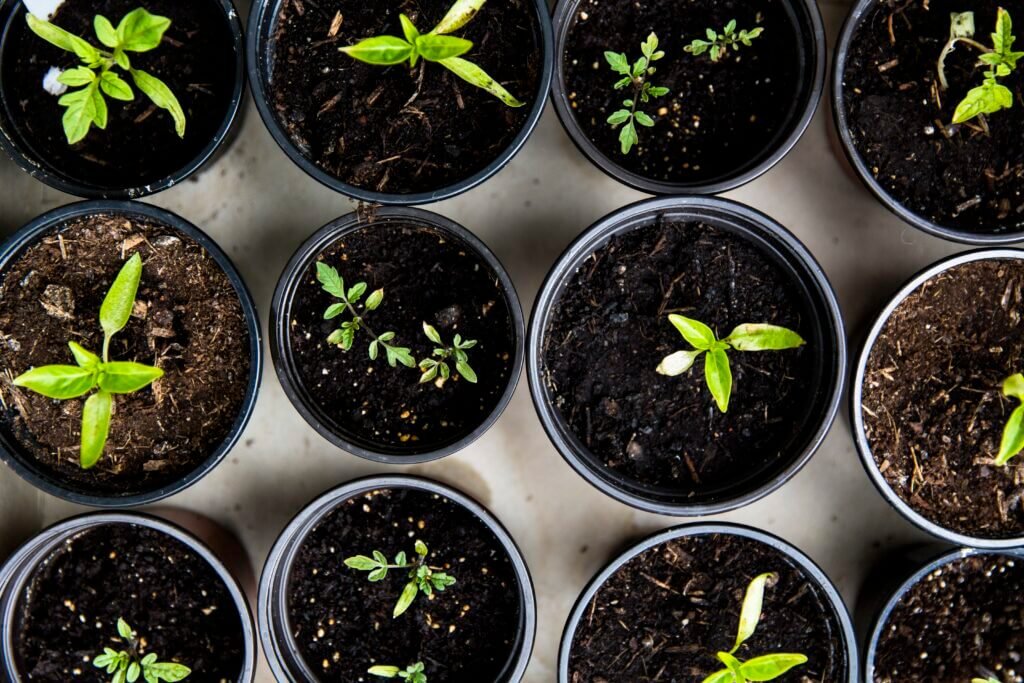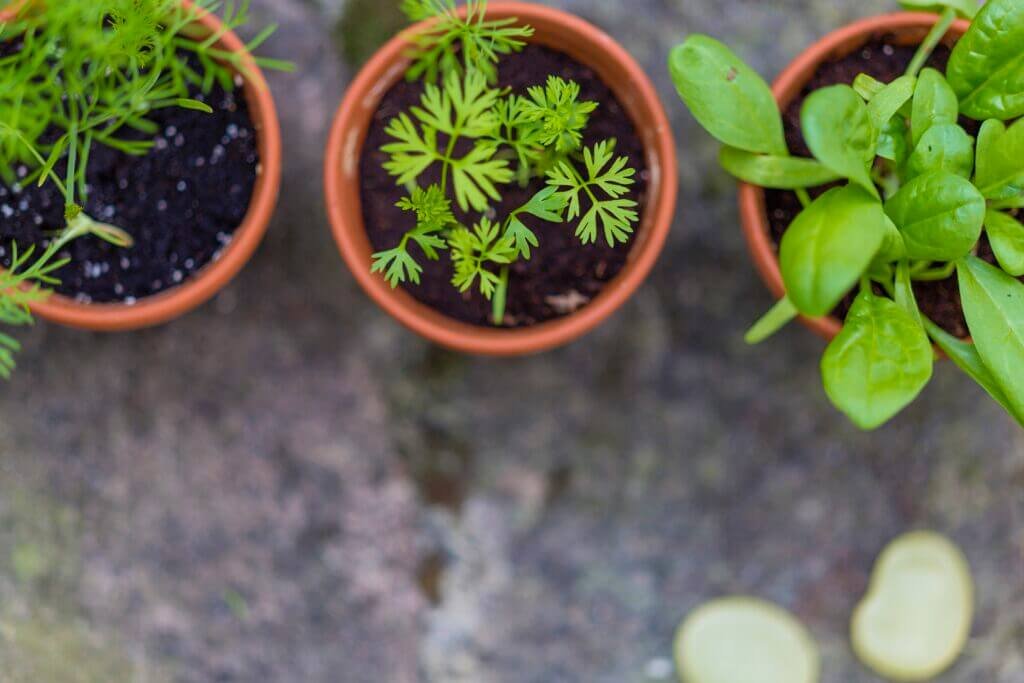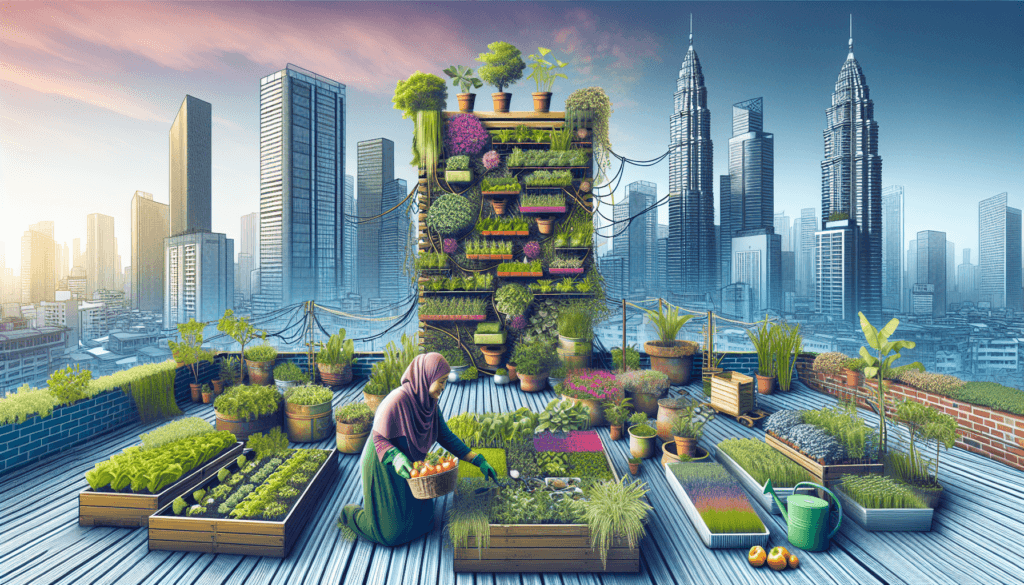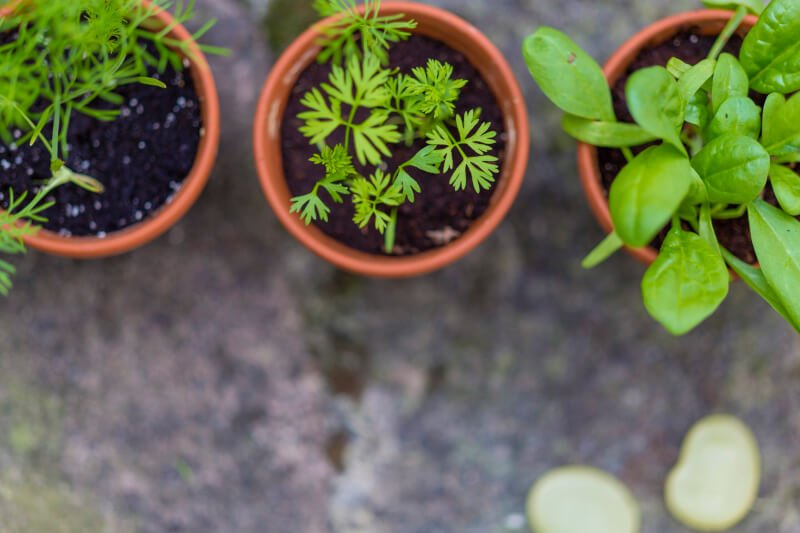Are you curious about the fascinating world of urban gardening? If so, you’re in for a treat! In this article, we will explore the various tasks and responsibilities that an urban gardener undertakes. From nurturing plants in small spaces to creating sustainable ecosystems in the heart of the concrete jungle, urban gardeners bring nature to our urban landscapes. So, grab a cup of tea and join us as we uncover the secrets of this green-thumbed profession! An urban gardener is responsible for designing and planning gardens in urban areas. They carefully assess the available space, choose suitable plants, create layouts, and implement sustainable design practices. In this comprehensive article, we will explore each of these aspects in detail to help you successfully create and nurture your own urban garden.
Designing and Planning Urban Gardens
Assessing the Space
Before beginning any garden project, it is essential to assess the available space. Consider factors such as sunlight exposure, soil quality, drainage, and space constraints. By understanding these conditions, you can determine what types of plants will thrive in your urban garden.
Choosing the Right Plants
Selecting the right plants for your urban garden is crucial for its success. Consider factors such as the size of the plants, their growth requirements, and their ability to withstand urban environments. Research plants that are well-suited to your specific climate and microclimate.
Creating a Layout
A well-thought-out layout is essential in maximizing the functionality and aesthetic appeal of your urban garden. Consider the different zones you want to incorporate, such as seating areas, raised beds, or vertical gardening options. Create a plan that optimizes space utilization and ease of maintenance.
Implementing Sustainable Design
Urban gardening provides an opportunity to implement sustainable design practices. Consider using recycled materials for garden structures, such as raised beds or trellises. Incorporate water-saving techniques like rainwater harvesting and drip irrigation. By being mindful of sustainable practices, you can create a garden that benefits both you and the environment.
Creating and Preparing the Soil
Testing Soil Quality
Before planting, it is crucial to test the soil quality in your urban garden. Soil tests can determine nutrient levels, pH balance, and potential contaminants. This information will help you make informed decisions about soil amendments and ensure that your plants have the necessary nutrients for healthy growth.
Amending the Soil
Amending the soil is essential for creating a fertile and well-drained environment. Based on the results of your soil test, you can add organic matter, such as compost or aged manure, to improve soil structure and increase nutrient content. Additionally, adding perlite or vermiculite can improve drainage in heavy clay soils.
Composting and Fertilizing
Composting is an excellent way to recycle kitchen and garden waste while creating nutrient-rich compost for your urban garden. Set up a composting system using a suitable compost bin or heap and add a mixture of nitrogen-rich green materials (like fruit scraps or grass clippings) and carbon-rich brown materials (like leaves or cardboard). Use this compost to fertilize your plants and improve soil health.
Preparing Raised Beds or Containers
If you have limited space, consider utilizing raised beds or containers for your urban garden. These options are versatile, allowing you to grow a variety of plants and control the soil conditions. Ensure the containers or beds have adequate drainage and provide enough growing space for your chosen plants.

Selecting and Planting Seeds or Seedlings
Researching Suitable Plants
Before selecting seeds or seedlings, thoroughly research which plants are most suitable for your urban garden. Consider factors such as desired growth habit, sunlight requirements, and the availability of space. Take into account the growing season and select plants that are appropriate for your region.
Sourcing Quality Seeds or Seedlings
To ensure the success of your urban garden, it is crucial to source high-quality seeds or seedlings. Look for reputable suppliers that offer a wide variety of plant options. Choose seeds that have a high germination rate and seedlings that are healthy and disease-free.
Determining Planting Times
Knowing the correct planting times is essential for the success of your urban garden. Take into account the average last frost date in your area and the specific requirements of each plant. Some plants thrive in cooler temperatures, while others require warmer conditions. By understanding the planting times, you can give your plants the best start possible.
Providing Proper Care during the Planting Process
During the planting process, it is vital to provide proper care for your newly planted seeds or seedlings. Water them thoroughly after planting and ensure they receive adequate sunlight. Consider using protective measures, such as mulch or cloches, to protect fragile plants from harsh weather conditions. Regularly monitor their progress and address any issues that may arise.
Maintaining and Caring for Plants
Watering and Irrigation
Proper watering is essential for the health and vitality of your plants. Monitor the soil moisture levels and adjust your watering schedule accordingly. Avoid overwatering, as this can lead to root rot, but also ensure that your plants receive enough hydration, especially during dry spells. Consider using efficient irrigation systems like drip irrigation to conserve water.
Weeding and Mulching
Regular weeding is an important aspect of maintaining a healthy urban garden. Weeds compete with your plants for nutrients and resources, so it is crucial to remove them promptly. Additionally, mulching around your plants can help suppress weeds and retain moisture in the soil. Organic mulches, such as wood chips or straw, also add valuable nutrients to the soil as they break down.
Pruning and Trimming
Pruning and trimming are essential for maintaining the shape and health of your plants. Regularly remove dead or diseased branches to prevent the spread of diseases. Additionally, removing excessive growth can improve air circulation and promote better overall plant health.
Monitoring for Pests and Diseases
In urban gardens, pests and diseases can be a common challenge. Regularly inspect your plants for any signs of infestation or disease, such as discoloration, wilting, or the presence of pests. By catching these issues early, you can take appropriate measures to mitigate the damage and prevent further spread.
Providing Necessary Support or Trellising
Many plants in urban gardens benefit from additional support or trellising. Tomatoes, cucumbers, and climbing vines require structures to grow upright and maximize space utilization. Install trellises or stakes early in the plant’s growth to avoid damaging the root system later. Providing this support will ensure healthy growth and easier maintenance.

Implementing Organic Pest and Disease Control
Identifying Common Pests and Diseases
Understanding the common pests and diseases in your urban garden is crucial for implementing effective organic control measures. Research and identify the pests and diseases that are prevalent in your area. This knowledge will help you develop a targeted approach to organic pest and disease control.
Using Natural Remedies
One of the benefits of organic gardening is the use of natural remedies for pest and disease management. Many common household ingredients, such as garlic, neem oil, or soap solutions, can effectively control pests without harmful chemical residues. Utilize these natural remedies to protect your plants while maintaining a safe and healthy environment.
Introducing Beneficial Insects
Introducing beneficial insects into your urban garden can help control pests naturally. Ladybugs, lacewings, and predatory mites are examples of beneficial insects that can prey on common garden pests. Research which beneficial insects are suitable for your region and create an inviting habitat for them in your garden.
Applying Organic Pest Control Methods
When dealing with pest infestations, consider using organic pest control methods. These methods include physical barriers, such as floating row covers or netting, to protect plants from insects. Additionally, companion planting and crop rotation are effective techniques for deterring pests and preventing the buildup of diseases in the soil.
Harvesting and Storing Crops
Determining Proper Harvesting Times
Knowing when to harvest your crops is crucial to ensure optimal flavor and nutrient content. Each plant has different harvesting requirements, so familiarize yourself with the specific indications for each crop. Some crops may need to be harvested when fully mature, while others are best when harvested young.
Using Proper Harvesting Techniques
To minimize damage to your crops, learn the proper harvesting techniques. Use sharp and clean tools to harvest fruits and vegetables, avoiding unnecessary bruising or tearing. Handle delicate crops with care, such as berries or leafy greens, to prevent damage.
Cleaning and Storing Harvested Crops
After harvesting, it is important to clean your crops to remove any dirt or debris. Gently wash them in clean water and dry them thoroughly before storage. Different crops have specific storage requirements, so research the best methods for each crop to maximize their shelf life.
Preserving Excess Produce
In urban gardening, it is common to have an abundance of produce during certain seasons. To make the most of your harvest, consider preserving excess produce. Options include canning, freezing, or dehydrating. These preservation methods allow you to enjoy your homegrown produce throughout the year.

Managing Garden Waste and Compost
Collecting and Sorting Garden Waste
Managing garden waste is an important aspect of maintaining an urban garden. Collect and sort garden waste, such as leaves, prunings, or spent plants, into different categories. Segregate compostable materials from non-compostable waste to optimize the composting process.
Turning Waste into Compost
Composting is a sustainable way to transform garden waste into nutrient-rich compost. Layer your compost bin or heap with a mixture of green and brown materials. Turn the compost regularly to promote decomposition and aerate the pile. Over time, the organic matter will break down into rich compost that can be used to improve soil fertility.
Maintaining a Composting System
To maintain an effective composting system, monitor and maintain the moisture and temperature levels. Ensure that the compost pile remains moist but not waterlogged, as excess moisture can hinder the composting process. Regularly turn the compost to distribute oxygen and accelerate the decomposition process.
Using Compost in the Garden
The compost you create can be a valuable resource for your urban garden. Mix the finished compost into the soil when preparing for planting or use it as a top dressing around existing plants. The organic matter and nutrients in the compost will improve soil structure and fertility, promoting healthier and more productive plants.
Educating and Engaging the Community
Organizing Workshops and Events
As an urban gardener, you have the opportunity to educate and engage your local community. Organize workshops and events to share your knowledge and experiences. Topics can range from basic gardening skills to sustainable practices and even cooking demonstrations using garden produce. These events foster a sense of community and encourage others to embrace urban gardening.
Sharing Gardening Tips and Techniques
Regularly share gardening tips and techniques through various platforms, such as social media, local newsletters, or community websites. Highlight specific topics, such as seasonal planting guides, pest and disease control methods, or the benefits of organic gardening. By sharing your expertise, you can inspire and empower others to start their own urban gardens.
Collaborating with Local Schools and Organizations
Collaborating with local schools and organizations is an excellent way to extend the reach of urban gardening. Offer guest lectures or hands-on activities for students to learn about gardening and environmental sustainability. Partner with organizations that promote community well-being or food security to establish garden projects that benefit the entire community.
Encouraging Community Involvement in Urban Gardening
Engage the community by encouraging their involvement in urban gardening. Create communal gardening spaces where neighbors can contribute and participate in the care and maintenance of the garden. Organize gardening competitions, such as the best-tended plot or the largest harvest, to foster a sense of friendly competition while promoting bonding among gardeners.

Implementing Sustainable Practices
Conserving Water
In urban gardening, water conservation is important for reducing water usage and minimizing the strain on local resources. Implement practices such as drip irrigation, mulching, and collecting rainwater. These methods help retain soil moisture and reduce the amount of water needed to maintain plant health.
Using Organic and Non-toxic Methods
Implementing organic and non-toxic methods in your urban garden contributes to a healthier environment. Avoid using synthetic pesticides or herbicides that can harm beneficial insects and contaminate the soil. Instead, rely on natural pest control methods, companion planting, and crop rotation to manage pests and diseases.
Promoting Biodiversity
Promoting biodiversity in your urban garden is essential for creating a thriving ecosystem. Incorporate a variety of plant species to attract beneficial insects and wildlife. Use native plants that are well-adapted to the local environment, as they require fewer resources and provide habitat for native species.
Reducing Waste and Energy Use
Reducing waste and energy use is an important aspect of sustainable urban gardening. Implement a recycling system for garden waste and use recycled materials whenever possible for garden structures. Opt for energy-efficient tools, such as battery-powered equipment or hand tools, to minimize energy consumption.
Continuous Learning and Improvement
Staying Updated on Gardening Trends
Stay updated on the latest gardening trends and practices to continuously enhance your urban gardening skills. Follow gardening blogs, join online communities, or subscribe to gardening magazines. By staying informed, you can incorporate new techniques and approaches into your urban gardening endeavors.
Attending Workshops and Courses
Attend workshops, courses, or seminars related to gardening and sustainable practices. These educational opportunities provide valuable insights and practical knowledge to further improve your urban gardening skills. Take advantage of local gardening associations or extension offices that offer educational programs.
Experimenting with New Techniques
Don’t be afraid to experiment with new techniques in your urban garden. Try different planting methods, explore companion planting combinations, or test alternative pest control methods. By experimenting, you can discover what works best for your specific conditions and adapt your practices accordingly.
Adapting to Environmental Changes
Urban gardens are often subject to environmental changes, such as extreme weather events or shifting climate patterns. Stay flexible and adapt your gardening practices as needed. Consider implementing strategies to mitigate the impact of climate change, such as choosing heat-tolerant plants or implementing water-saving measures.
In conclusion, designing and planning urban gardens requires careful assessment of the space, selection of suitable plants, creation of layouts, and implementation of sustainable design practices. Creating and preparing the soil, selecting and planting seeds or seedlings, maintaining and caring for plants, implementing organic pest and disease control, harvesting and storing crops, managing garden waste and compost, educating and engaging the community, implementing sustainable practices, and continuously learning and improving are all essential aspects of successful urban gardening. By following these guidelines, you can create a thriving and sustainable urban garden that not only beautifies your surroundings but also provides a source of fresh produce and contributes to the well-being of your community. Happy gardening!


